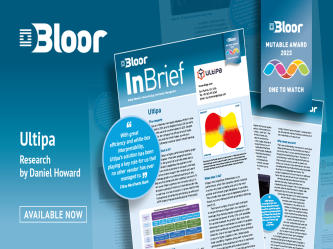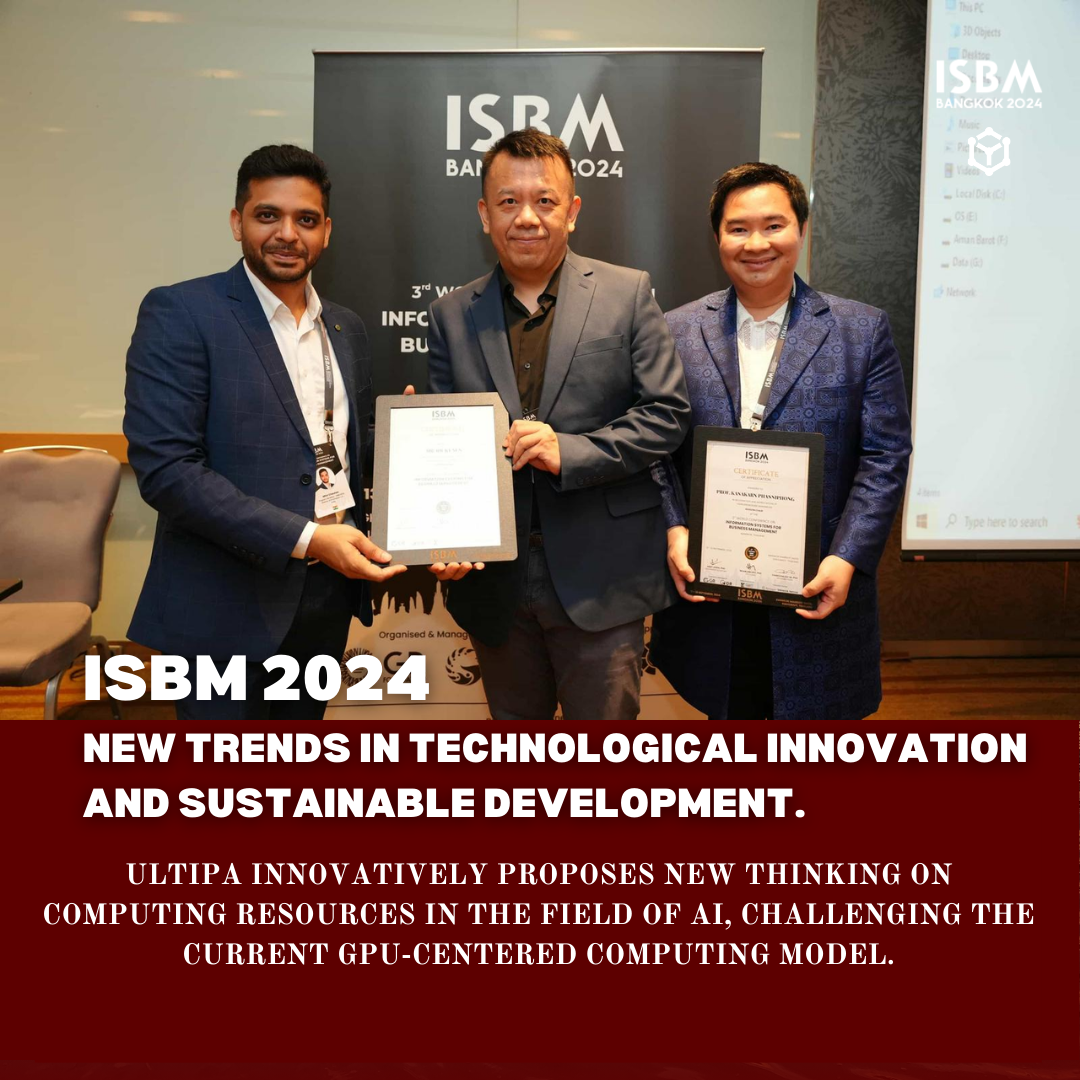
Ultipa innovatively proposes new thinking on computing resources in the field of AI, challenging the current GPU-centered computing model.
On Thursday, September 12, 2024, the two-day ISBM conference opened in Bangkok. This conference has attracted the participation of many experts and scholars from the industry and academia. Among them, the conference of 3A physics course officially kicked off in the afternoon, focusing on discussing the cutting-edge research and application results in the fields of artificial intelligence, blockchain, network security, deep learning, etc., and drawing new visions for future enterprise management and technological innovation. Ricky Sun, a high-performance storage and computing expert, big data expert, and CEO of Ultipa, a leading graph technology manufacturer, attended the conference and served as the session chair.
A series of wonderful paper reports were presented in turn, gathering the latest research progress and technological innovation, especially the collision of cutting-edge technologies in practice:
The report "Intelligent Prediction of Ultraviolet Index through Transformer: A Deep Learning Model". Ram Pal Singh proposed a new deep learning model for predicting ultraviolet index. This model uses the Transformer architecture to achieve more efficient and accurate prediction, and is expected to have a significant impact on public health and environmental monitoring.
Mamatha Balachandra introduced "Using CodeT5 for Secure Code Generation: Utilizing Large Language Models and CVE Datasets", and demonstrated how to use the CodeT5 model and its large-scale language datasets and CVE datasets to generate secure code, providing a new perspective for secure software development.
Tripti Sharma shared "Comprehensive Research on Artificial Intelligence and Analytical Techniques in Sustainable Decision-making", which is a comprehensive research on how to use artificial intelligence and analytical techniques to support enterprise sustainable decision-making, echoing the public consciousness urgently needed in the current technology field.
Namrata Marium Chacko introduced "Sandal Wood Net: A Trusted Auction and Fair Trade System for Sandalwood Supply Chain Based on Blockchain", which is a blockchain system named Sandal Wood Net for ensuring trusted auction and fair trade in the sandalwood supply chain, showing that blockchain technology has great potential in optimizing supply chains and promoting fair trade.
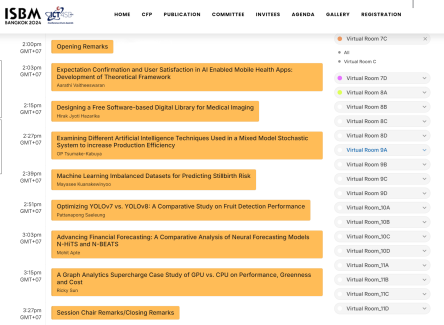
It is worth mentioning that at this conference, a paper titled "A Graph Analytics Supercharge Case Study of GPU vs. CPU on Performance, Greenness and Cost " by Ricky Sun, Victor Wang, and Jason Zhang has attracted attention and become a major highlight. Through in-depth analysis, this research has reevaluated the dominant position of GPUs in artificial intelligence workloads. Through a comparative study of GPUs and CPUs, it has put forward some innovative new thoughts and directions on computing resources in the AI field. This greatly challenges the current GPU-centered computing model!
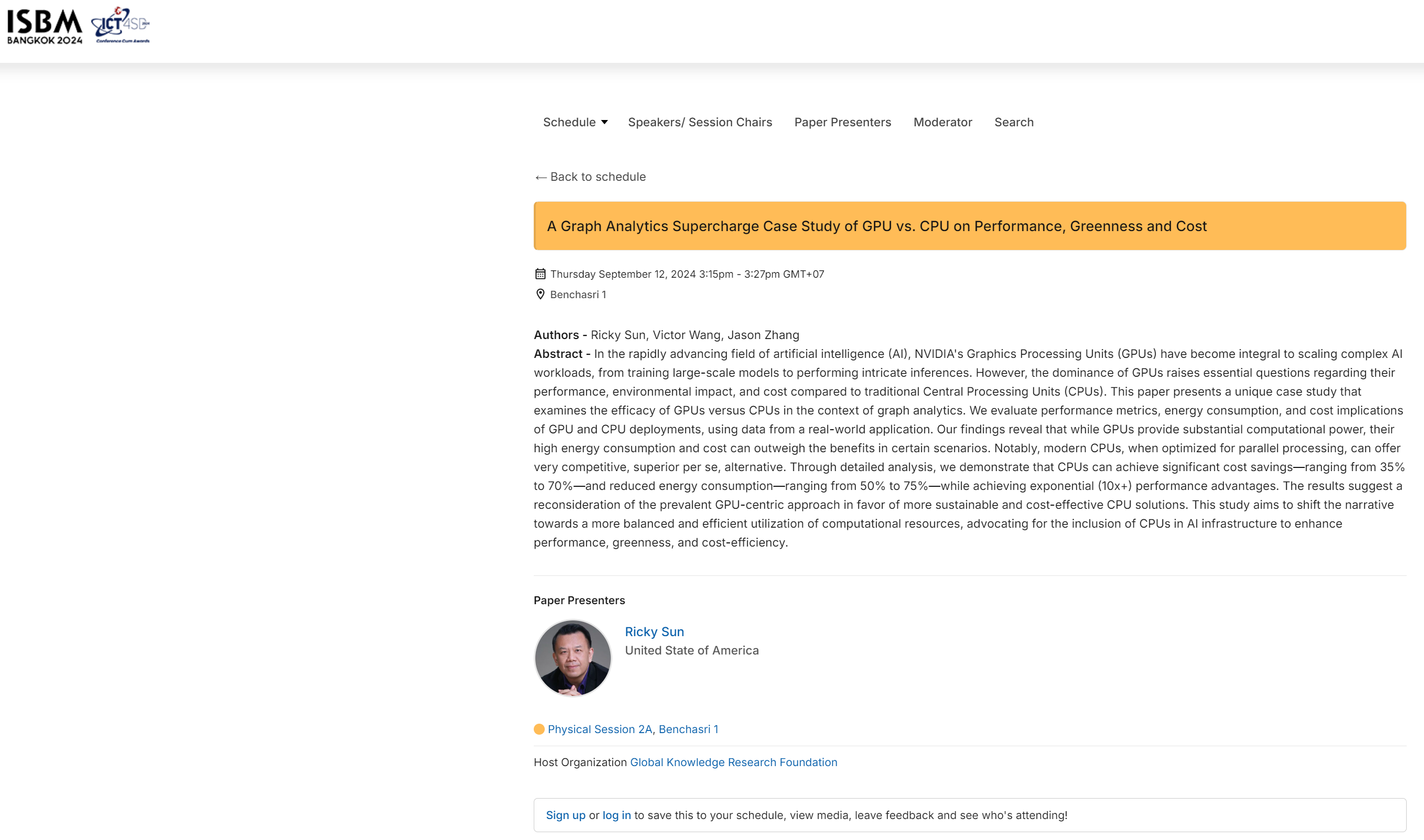
For a long time, in the rapidly developing field of artificial intelligence, the Graphics Processing Unit (GPU) has demonstrated outstanding computing power and has become an indispensable part for expanding complex AI workloads. However, through a unique case study, this paper examines the efficacy of GPUs and CPUs in the context of graph analysis. The research results show that although GPUs provide powerful computing capabilities, their high power consumption and cost may become a major drawback in some cases. In contrast, modern Central Processing Units (CPUs), after being optimized for parallel processing, can provide a very competitive or even superior alternative solution, achieving significant cost savings (ranging from 35% to 70%) and energy consumption reduction (ranging from 50% to 75%). At the same time, in some specific tasks, it can also achieve a performance improvement of more than 10 times. These data challenge the current GPU-centered computing model. At the same time, this research also reflects from another aspect that when enterprises and developers design AI infrastructure, they should use computing resources more balanced and effectively and incorporate CPUs into AI infrastructure to improve performance, greenness, and cost-effectiveness.
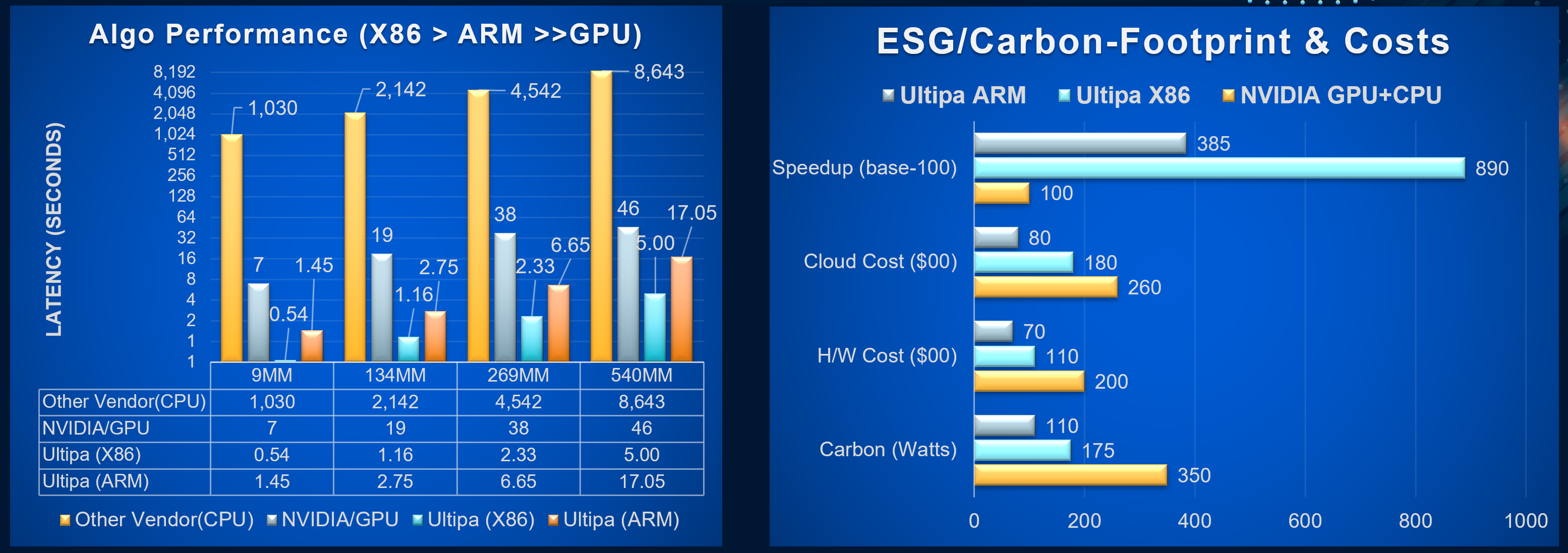
Fig.left.Graph Algorithm: PageRank Fig.Right.Graph Algorithm: Louvain
This conference provides an important platform for exchanges and cooperation in the field of enterprise management information systems. Centering on the theme of technological innovation and sustainable development, it emphasizes the importance of information technology in modern business and management. Future enterprise management not only needs to introduce emerging technologies but also needs to find a new balance in resource utilization and environmental protection. In particular, the research results on GPUs and CPUs prompt participants to think about how to achieve a more green, economical, sustainable, and cost-effective solution while ensuring high-performance computing.
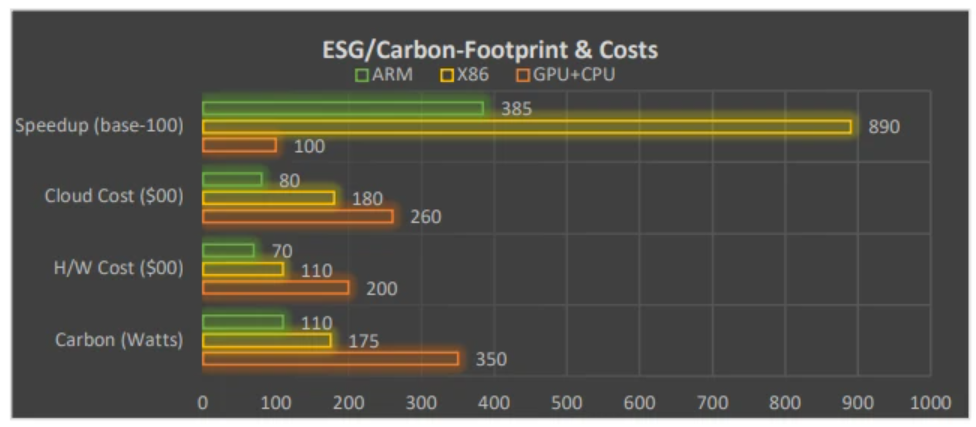
ESG & Costs: ARM/X86 vs. CPU+X86









